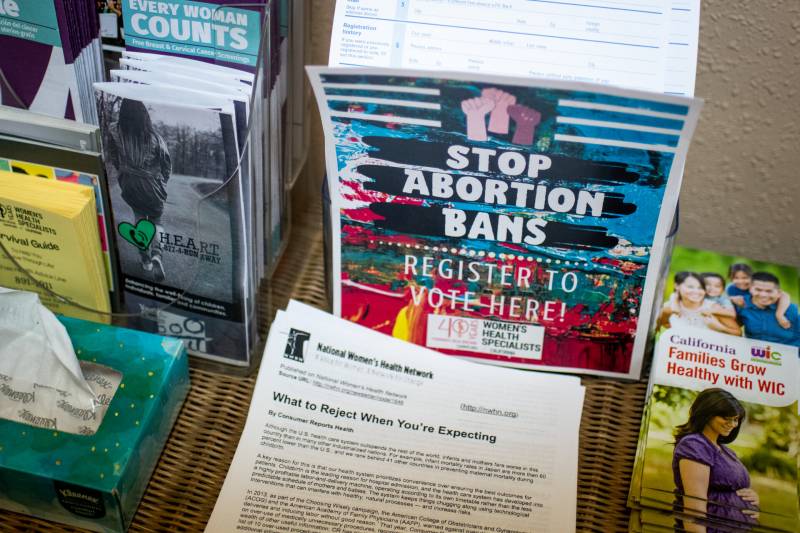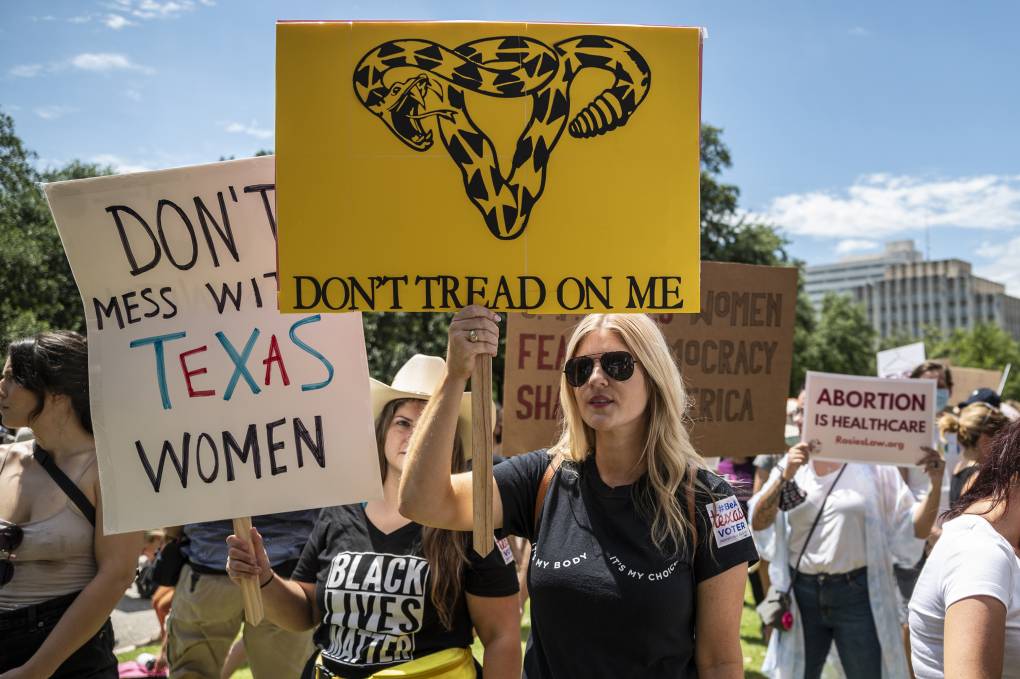Abortion-rights advocates note that California — and the Bay Area specifically — has long served as a refuge for pregnant people seeking abortions, even before the procedure was allowed in the state.
Much of that is due to the work of early abortion-rights activists — once considered radical — who led the fight for expanded access to the procedure in California and elsewhere.
Chief among those trailblazers was Pat Maginnis, who in 1962 started the Society for Humane Abortion in San Francisco, the nation’s first abortion-rights organization.
Carole Joffe, a professor at UCSF’s Bixby Center for Global Reproductive Health, said one of Maginnis’s main contributions was helping pregnant people get safe abortions in Mexico.
"She gathered lists of reliable doctors in Mexico. She gave advice to women going to Mexico," Joffe said. "When they came back she asked them, was the doctor kind? Was he competent? Was the facility clean? And so she really was a one-woman referral service."
Joffe also highlighted a group of doctors known as "The San Francisco Nine," who in the 1960s began performing abortions on pregnant people infected with rubella after it was discovered the disease could cause severe birth defects. The doctors risked losing their medical licenses, but Joffe said the medical community rallied around them when word of their work was circulated.
"This San Francisco case had national implications," she said. "It was really instrumental in making the medical profession as a whole realize this is untenable. You know, what's legal? What's not legal? We need clarity."
Joffe said the case was also one of the reasons that then-Gov. Ronald Reagan signed a 1967 law making abortion more widely available in California, a move the Republican later said he regretted.
Joffe is reassured that the drugs that pregnant people might use today to initiate their own abortions at home are much safer than methods they used to resort to, like coat hangers. But she says they now face other challenges.
"What I do worry about is the legality of the surveillance that will occur. Already, we have seen cases of women arrested for attempting their own abortions. And my assumption is this will only increase," she said.



